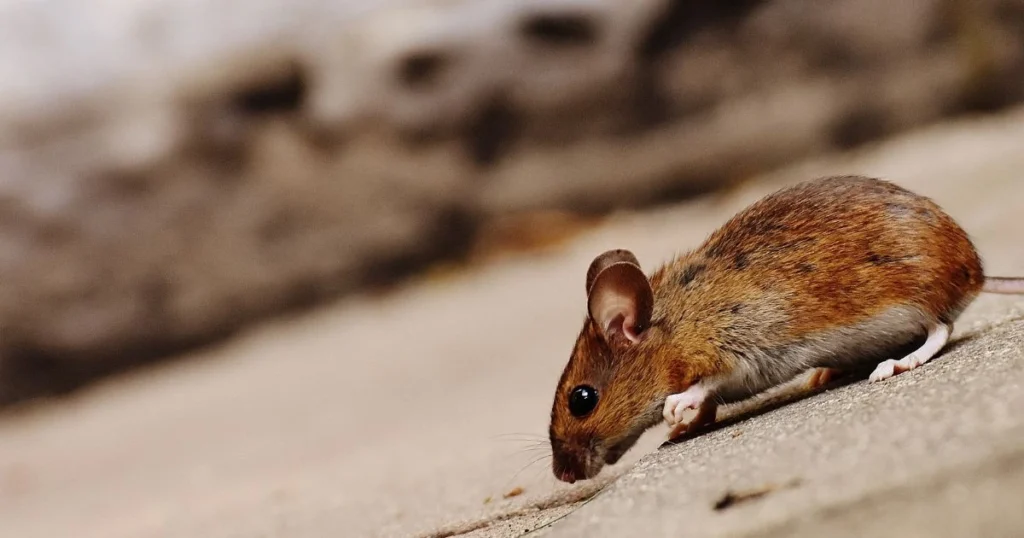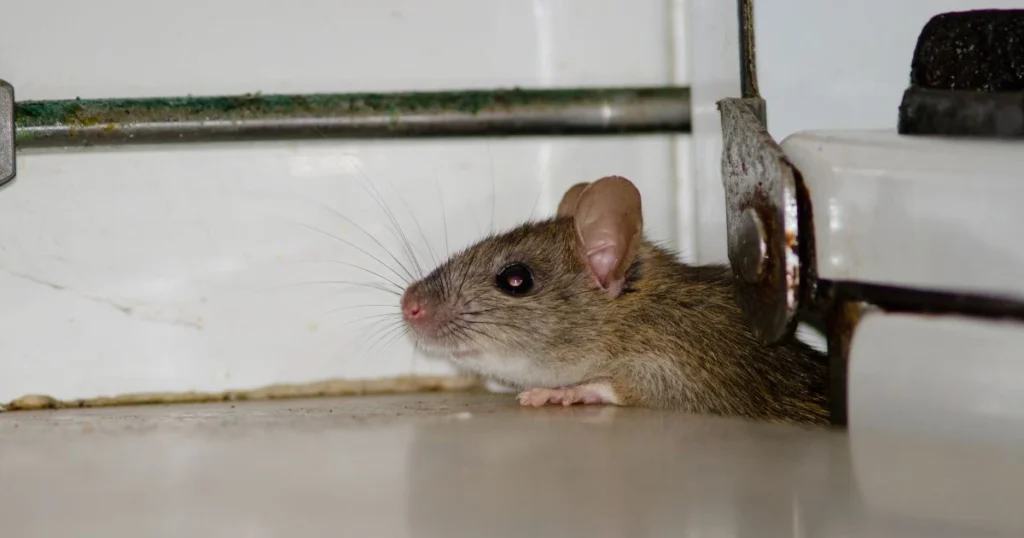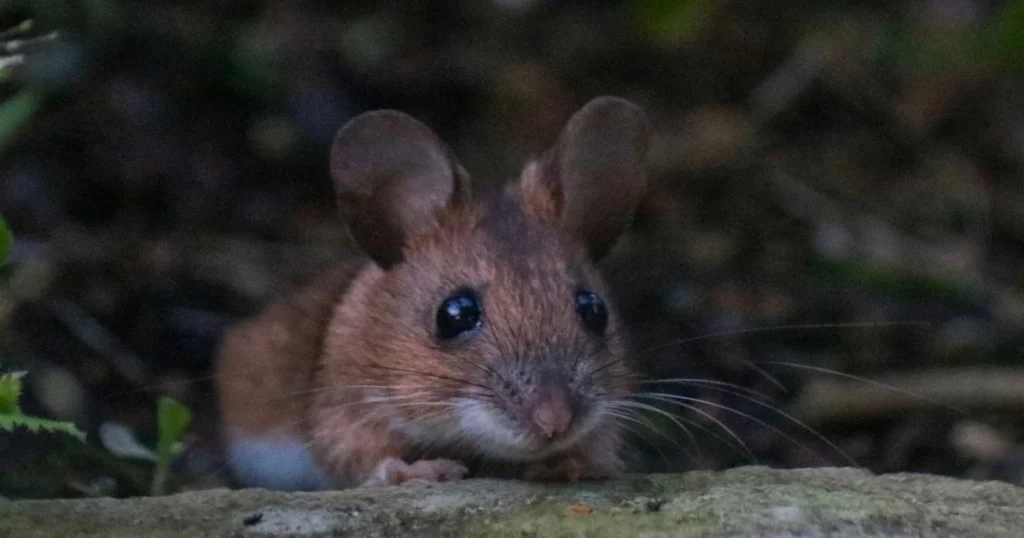
Mice are fascinating creatures often found in various environments, from urban areas to fields. Yes, mice have bladders, which are critical in storing and eliminating waste efficiently. This feature is essential for survival, enabling them to regulate hydration and waste management according to their environment.
In addition to their bladder, mice possess a backbone, making them vertebrates. They are equipped with claws that aid in climbing and digging, showcasing their adaptability. While their eyesight is not particularly strong, these animals rely on other senses, such as smell and hearing, to navigate their surroundings and detect threats.
Understanding these aspects of mice can enhance the appreciation of their biology and behavior. As common as they may be, exploring their physiological traits reveals a lot about their survival strategies in the wild.

Mice possess unique anatomical features that enable them to thrive in various environments. Their musculoskeletal system, sensory organs, and internal organs are specially adapted for survival.
Mice have a well-developed musculoskeletal system composed entirely of bones and cartilage. Their skeleton is lightweight yet strong, providing support and protection for internal organs. The bones facilitate movement through a flexible joint system, allowing mice to navigate tight spaces effectively.
In addition to bones, mice have a variety of muscles that contribute to their agility. This agility is vital for escaping predators and searching for food. Mice also possess whiskers, which enhance their spatial awareness by detecting nearby objects, ensuring they can maneuver swiftly through their environment.
Mice have developed keen sensory abilities to adapt to their surroundings. While not particularly sharp, their eyesight is compensated by their excellent sense of smell and hearing. This combination helps them locate food and detect threats.
Whiskers play a critical role in spatial awareness, aiding navigation, especially in the dark. Mice also possess a highly sensitive tongue, which assists in tasting and exploring their environment. Their memory is relatively good, allowing them to remember the locations of food sources and potential hazards.
The internal organ structure of mice is similar to that of many mammals. They possess essential organs, such as the heart, lungs, liver, and kidneys, which sustain life. The bladder is present, allowing it to store urine and regulate hydration.
Mice have a small, efficient digestive system adapted for a diet primarily consisting of seeds and grains. This efficiency helps them maximize nutrient absorption from limited food sources. The kidney function is particularly important for filtering waste and maintaining fluid balance within their bodies.

Mice possess unique physiological traits that enhance their adaptability and survival in various environments. Their tails and fur serve critical functions, providing balance and temperature regulation, while their specific coloration can aid in camouflage against predators.
Mice have long, hairless tails vital to their balance and mobility. The tail counterbalances when they climb or navigate narrow spaces, allowing them to make sharp turns without losing stability.
Additionally, the tail is essential for thermoregulation. It helps dissipate excess heat, especially during warmer months.
In many species of mice, the tail coloration matches that of the fur, aiding in camouflage. This adaptation can be crucial for avoiding predators in the wild.
Mice typically have soft fur that serves multiple purposes. The fur provides insulation, keeping them warm in cooler temperatures. In most species, the fur can vary in color, ranging from brown and gray to white, allowing mice to blend into their surroundings.
Many mice exhibit white bellies, which can serve as camouflage against the sky when viewed from below. This counter-shading technique helps protect them from aerial predators.
Coloration is not only a survival trait; it can also indicate health and genetic diversity within populations.

Mice are susceptible to various health issues, requiring proper care and attention. Understanding common ailments can help manage their well-being effectively.
Mice may experience various health issues, including respiratory and skin problems. Some mice are prone to ectoparasites, including lice, which can lead to discomfort and itching. Regular grooming can help manage this risk.
Gastric issues can also arise, impacting their digestive health. Monitoring eating habits and stool consistency for signs of trouble is essential. Although mice do not have a gallbladder, their livers manage bile production effectively for digestion.
Additionally, cognitive health is crucial. Mice exhibit memory capabilities, and environmental enrichment can enhance their mental stimulation. Addressing these factors can significantly improve their quality of life.
If you have any concerns about wildlife management or pest issues, call Critter Stop at (214) 234-2616. They are known for high-quality work and exceptional customer service, as reflected in their positive reviews.
This section addresses common inquiries about mice, touching on their anatomy, sensory capabilities, and behavior. Each question provides insight into different aspects of mice biology and their adaptation strategies.
Mice do have bladders. They urinate frequently, usually several times per hour, depending on factors like hydration and activity levels.
Mice have limited eyesight and are mostly nearsighted. They rely heavily on their other senses, particularly smell and hearing, to navigate and detect predators.
Mice have small claws on their feet. These claws assist them in climbing and grasping surfaces, providing better maneuverability in their environment.
Yes, mice have backbones. They belong to the class of mammals known as vertebrates, which possess a spinal column.
Mice have long whiskers known as vibrissae. These whiskers aid in spatial awareness and help them detect their surroundings, especially in low-light conditions.
Mice have tails that serve multiple purposes. Their tails aid in balance while climbing and help regulate body temperature through their surface area.
Mice exhibit good memory, crucial for locating food sources and avoiding dangers. Their ability to remember pathways enhances their survival in the wild.
Mice have bones similar to those of larger mammals. Though smaller, their skeletal structure provides support and protection for internal organs.
Mice can carry lice, although these parasites are typically species-specific and do not generally spread to humans or pets.
Mice have relatively poor eyesight compared to many other animals. Their vision is adapted for detecting movement rather than seeing fine details.
Mice do possess a gallbladder. This organ stores bile, which aids in the digestion of fats.
Mice have a memory capacity that allows them to remember locations. This ability is essential for navigating their environment and finding resources.
Mice have a complete skeleton that supports their body structure. Their bones provide strength while maintaining a lightweight form for agility.
Mice possess both bones and cartilage. Their body structure includes a flexible spine, which allows for quick movements.
Many mice have white bellies, but the color of their fur can vary widely. Depending on the species, it can be brown, gray, or even black.
Mice have tongues that facilitate eating and drinking. Their tongues assist in manipulating food and lap up liquids efficiently.
Visit our Critter Library and learn more about our furry friends